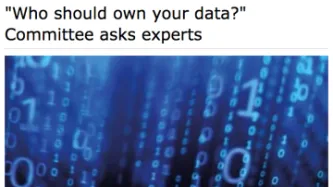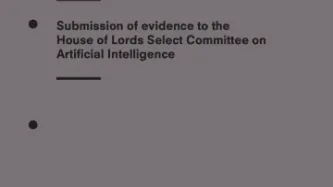Search
Content type: Long Read
Content type: Examples
Content type: Examples
Content type: News & Analysis
Content type: News & Analysis
Profiling and Automated Decision Making: Is Artificial Intelligence Violating Your Right to Privacy?
Content type: News & Analysis
Content type: Advocacy
Content type: News & Analysis
Content type: News & Analysis
Content type: News & Analysis
Content type: Long Read
Content type: Advocacy
Content type: Advocacy



















